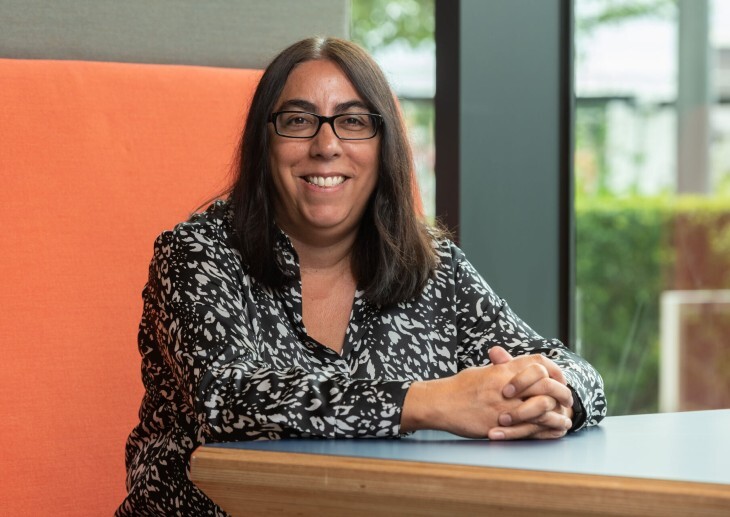Of the many challenges facing integrated care systems (ICSs), a leading concern is working out how to meet the rising healthcare needs of an ageing population. Eyecare is just one area of focus but as there are around 7.5m ophthalmology outpatient appointments a year it is the the largest outpatient specialty and therefore critical.
The Royal College of Ophthalmologists has highlighted the scale of staff shortages in NHS ophthalmology services 2022 workforce census with hospitals are struggling to meet need. This is leading to patients losing their sight unnecessarily. Not only is this a catastrophe for individuals and families, but it also makes living with other long-term conditions more difficult, in turn increasing costs for ICSs.
Increasing need
The majority of sight-threatening eye disease is age-related and, so need is rising rapidly as the population ages.
As a result, without intervention, by 2030 it is expected that the average ICS will need to meet the needs of nearly 45,000 more people over the age of 60, requiring 35,000 (20% increase) more ophthalmology outpatient appointments per year and supporting an additional 16,000 (35% increase) in people living with sight loss.
| England today | Average ICS* | England 2030 | Average ICS 2030 | |
| Population | 57.26 m | 1.36 m | 58.5 m | 1.39 m |
| Population over 60 | 14.44 m | 343,800 | 16.29 m | 387,860 |
| People living with sight loss | 2 m | 47,600 | 2.7 m | 64,300 |
| Medical retina appointments | 2.6m | 61900.00 | 3.2m | 76,200 |
| People needing cataract surgery | 507,000 | 12,000 | 690,000 | 16,400 |
| Ophthalmology OPD appt | 7.5 m | 178,500 | 9 m | 214,300 |
Hidden Need
As well as being age-related, most eye disease is asymptomatic until advanced stages when damage has been done. To tackle this, ICSs will need to raise awareness of the importance of regular sight tests. This national service not only corrects vision but also examines the health of all parts of the eye – ensuring early detection of eye disease and treatment earlier fully in line with The Hewitt Review. Some ICSs will also have demographics with far greater risk of eye disease or conditions than average. For example, the risk of glaucoma is far higher amongst those with an African-Caribbean ancestry, and cataract and diabetic retinopathy are higher amongst populations of Asian descent.
School Children
It is not only working age and older adults who are at risk. A freedom of information survey by the British and Irish Orthoptic Society in 2019 revealed that only 47% of local authorities in England commission a fully compliant vision screening for children, despite the fact that the UK national screening committee recommends that all local authorities should provide vision screening in schools at age four to five.
Many children and parents will be unaware of their visual problems, and some conditions such as squint and lazy eye can only be corrected up to age eight.
At the same time the incidence of myopia (short-sightedness) in children and young people is growing rapidly, most likely owing to lifestyle changes. The evidence base is still developing but it is likely this increases the likelihood of serious eye conditions in later life further adding to capacity demands.
Challenge
Systems are already reporting that the ‘status quo’ in outpatients care models is unsustainable and the 20th Century model of care where all pathology is managed in hospitals is no longer viable.
Dan Hodgson is Head of Policy at FODO the Association for Eye Care Providers and Dr Peter Hampson is Clinical and Professional Director at the Association of Optometrists.






